The Latest RBI UPI Charges Update for 2025! Will UPI remain free? Learn 5 key facts on UPI transaction fees, subscription plans, and how these changes impact digital payments in India. UPI Transaction Fee & Charges 2025: Top 7 RBI Updates You Can’t Ignore.
Will UPI Remain Free Forever? RBI’s Alert on Potential UPI Charges and What It Means for Indian Users

The Unified Payments Interface (UPI) has completely transformed digital payments in India, facilitating over 60 crore transactions daily. Renowned for its instant, user-friendly, and free service, UPI became the backbone of India’s digital economy. However, a recent signal from the Reserve Bank of India (RBI) hints that UPI might not stay free forever.
In this detailed guide, we explore why RBI is considering charging for UPI, potential fee models, the impact on users and businesses, and how the digital payment landscape in India might evolve.
What Is UPI and Why Has It Become India’s Favorite Payment Mode?
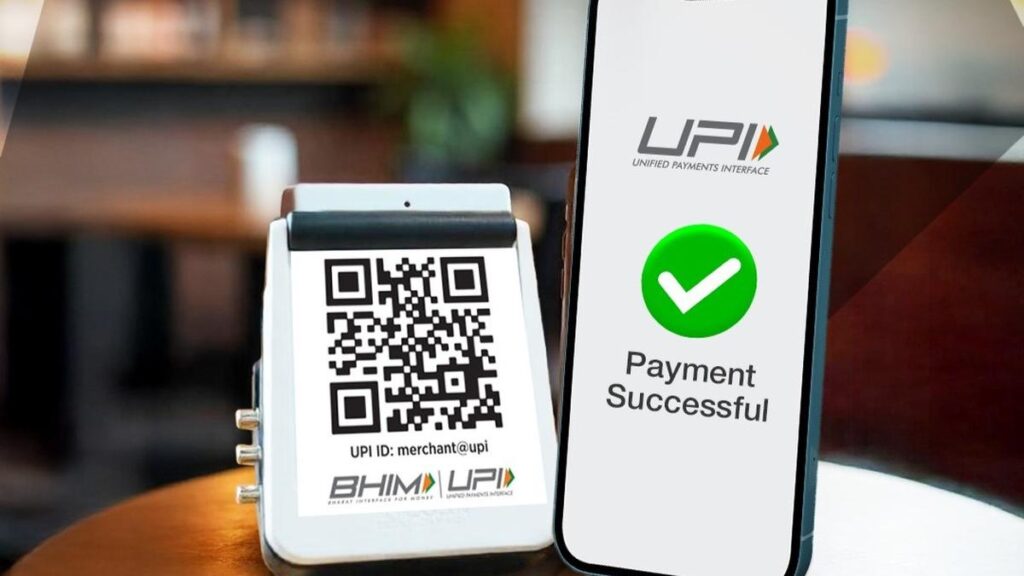
UPI is a real-time payment system developed by the National Payments Corporation of India (NPCI) that enables instant bank-to-bank transfers through mobile devices.
- Instant Transactions: Payments complete within seconds, 24/7.
- Zero Cost: Currently free for users and merchants, encouraging widespread adoption.
- Simplicity: Requires only a UPI ID or QR code to send or receive money.
- Versatile Usage: From peer-to-peer payments to bill payments and merchant transactions.
- Massive Adoption: Over 60 crore daily transactions indicate its critical role in India’s digital payments ecosystem.
UPI payment system, instant money transfer India, free digital payments, NPCI UPI platform, mobile payments India.
Why is RBI Considering Charging for UPI Transactions?
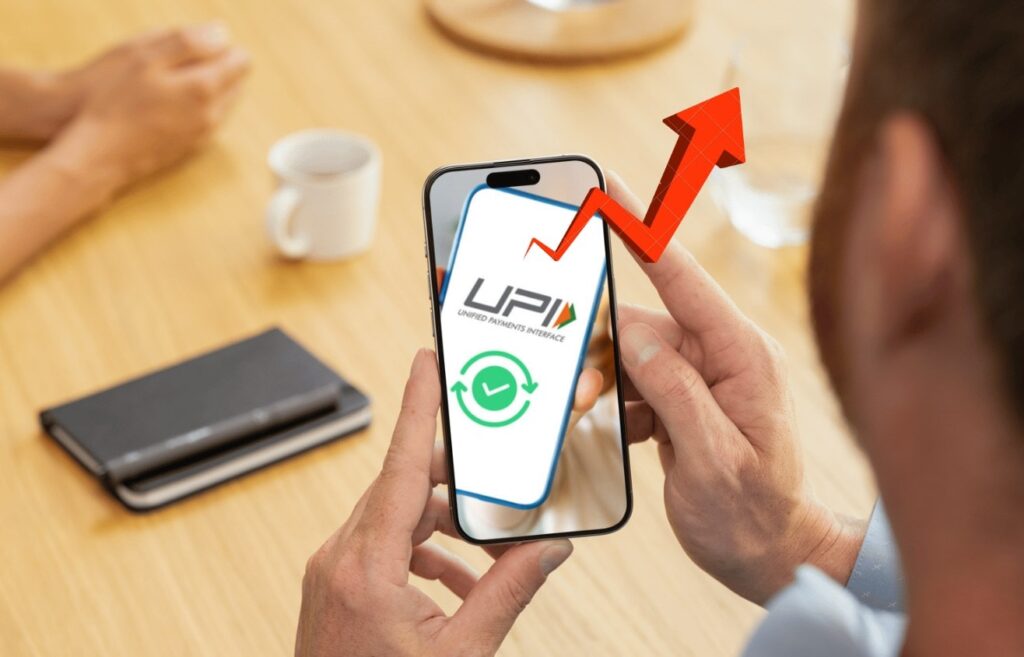
The RBI’s recent caution about the indefinite free usage of UPI stems from several practical concerns:
- Infrastructure Sustainability: Handling the enormous volume of 60+ crore daily transactions requires constant investment in technology, security, servers, and maintenance.
- Operational Costs: Banks and NPCI incur substantial costs to ensure smooth, secure, and fast transactions.
- Economic Viability: Offering completely free services indefinitely may not be financially feasible for stakeholders involved in running and securing the UPI platform.
- Global Standards: Many international payment systems incorporate transaction fees or subscriptions to finance operations and technology upgrades.
What happens if UPI starts charging users?

- Increased Transaction Costs: Users may face additional charges per transaction or a monthly subscription fee, impacting everyday digital payment expenses.
- Change in User Behavior: Some users might limit their UPI transactions or seek alternative payment methods to avoid fees, potentially reducing UPI usage frequency.
- Impact on Small Businesses: Merchants and small enterprises could incur higher costs, which might be passed on to customers, affecting pricing and sales.
- Potential Shift to Alternatives: Users may explore debit/credit cards, mobile wallets, net banking, or cash as substitutes to minimize costs.
- Digital Payment Adoption Slowdown: New adopters might hesitate to start using UPI or digital payments due to perceived costs, affecting financial inclusion efforts.
- Revenue for System Improvement: Charges could generate revenue to enhance UPI infrastructure, security features, fraud prevention, and overall user experience.
- Possible Tiered Fee Models: The RBI and NPCI may design fees to exempt low-volume or essential transactions, protecting financially vulnerable users.
- Greater Awareness & Transparency: Users will likely receive clear communications from banks and apps about fee structures, fostering informed payment choices.
- Innovation Encouragement: Additional funds may promote development of new features and services within the UPI ecosystem.
- Regulatory Oversight: RBI will monitor and regulate charges to maintain a balance between sustainability and affordability in digital payments.
Will everyone be charged equally for UPI Transactions?

- Charges may not be the same for all UPI users; fees could vary depending on user category or transaction type.
- Some users, especially those making a small number of transactions (like regular consumers), may continue to enjoy free or highly subsidized UPI payments.
- Higher frequency users, businesses, or those making large-value transactions might be charged a nominal fee or a monthly subscription.
- RBI and NPCI may introduce tiered charging systems—where charges depend on the number or volume of transactions conducted in a month.
- Essential government-related payments, welfare transfers, or small-ticket digital transactions could remain exempt to promote financial inclusion.
- Banks and payment service providers may also customize charges based on their customer profiles, as per regulatory guidelines.
- Final details will be specified by the RBI in its official guidelines, so users should look out for formal announcements to know how they may be affected.
What are the new UPI transaction limits and fees?
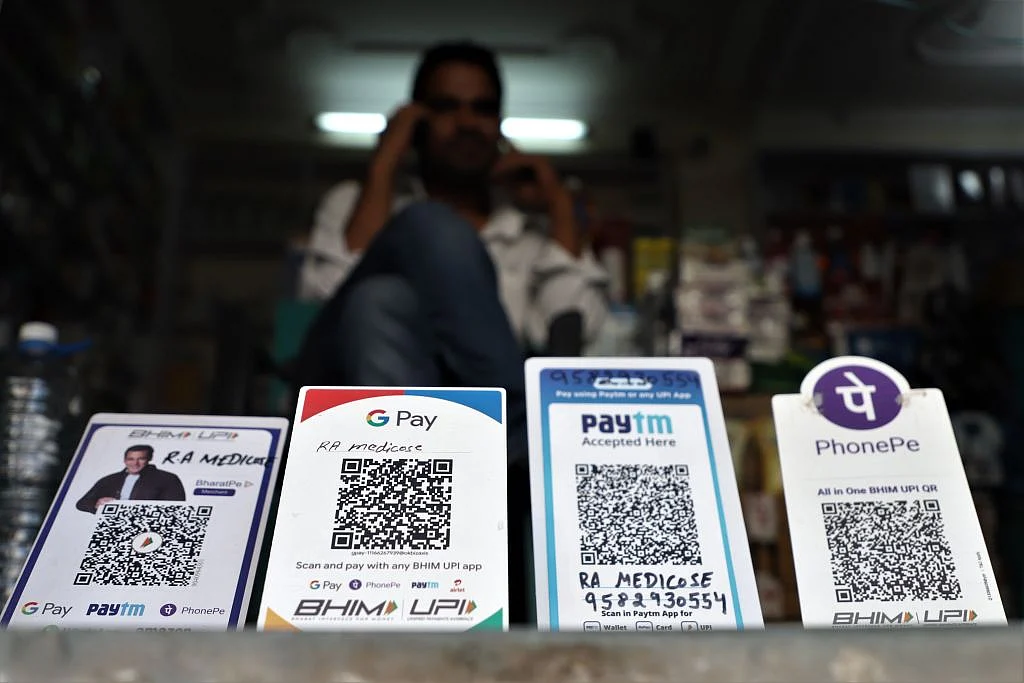
- UPI Transaction Limits: Most banks and payment apps currently set a maximum limit of ₹1 lakh (100,000 INR) per transaction for UPI payments, though this can vary slightly by bank.
- Daily Transaction Limit: Users can typically make multiple UPI transactions up to a cumulative daily limit, usually around ₹1 lakh to ₹2 lakh depending on bank policies.
- No Official Fees Yet: UPI transactions are mostly Fee for users currently, with RBI and NPCI yet to officially introduce any mandatory charges.
- Potential Future Fees: RBI has signaled possible future charges that could be either per transaction or a fixed monthly subscription for heavy users, but specific fee structures are still pending.
- Small Value Transactions Exempt: RBI may exempt low-value or essential transactions from fees to support financial inclusion.
- Interoperability: UPI allows multiple transactions with different banks and apps under the same limits unless individually restricted by the bank.
- Merchant Fee Policy: Currently, merchants typically do not pay fees on UPI transactions, but fee policies may evolve with RBI’s new guidelines.
- User Alerts: Banks and payment platforms are expected to notify users in advance if any fee or limit changes occur to maintain transparency.
Pros and Cons of UPI Transaction Charges: Impact on Indian Users?

Pros of Introducing UPI Charges:
- Improved Service Quality: Additional revenue can be reinvested in better servers, enhanced security features, and faster transaction processing.
- Sustainable Ecosystem: Banks and NPCI can ensure the long-term sustainability of the digital payment infrastructure.
- Reduced Fraud Risks: Better funding allows advanced fraud detection and security mechanisms.
Cons of Charging for UPI:
- Increased Transaction Costs: Users, especially merchants and high-frequency payers, could see higher digital payment expenses.
- Slower Adoption Rate: New users or small businesses might hesitate to adopt digital payments if fees increase.
- Shift to Alternatives: Users may revert to debit/credit cards, wallets, or cash if costs become a concern.
How to avoid UPI charges? | Who Will Pay the New UPI Charges?
Are alternatives available if UPI starts charging?
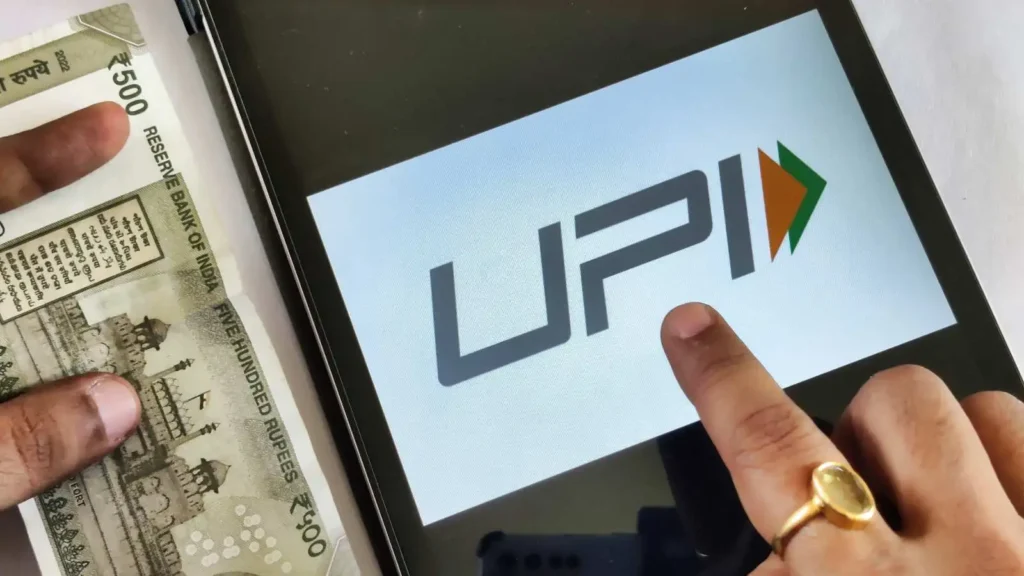
- Debit/Credit Cards: Users can pay directly at merchants, online stores, or ATMs using widely accepted debit and credit cards, often with reward points or cashback offers.
- Mobile Wallets: Digital wallets like Paytm Wallet, Amazon Pay, and MobiKwik allow you to load money in advance and pay instantly for shopping, bills, and services—even if direct UPI becomes paid.
- Net Banking: Internet banking enables secure fund transfers using NEFT, IMPS, or RTGS, and supports scheduled payments and standing instructions for regular bills.
- IMPS (Immediate Payment Service): A real-time interbank electronic funds transfer system available 24/7, suitable for urgent transfers outside UPI.
- Aadhaar Enabled Payment System (AEPS): Allows users to make payments directly through Aadhaar authentication at micro-ATMs or bank correspondents, especially in rural and semi-urban regions.
- Cash Payments: Though less popular, cash withdrawal and payment remain an option for those preferring physical transactions.
- Contactless Payment Methods: Tap-and-pay with NFC-enabled cards or mobile devices is expanding for fast, secure transactions in stores.
- Bank Apps: Most Indian banks offer dedicated apps for money transfer, bill payment, and mobile recharges independent of UPI platforms.
Can banks or payment apps decide their own charges on UPI payments?
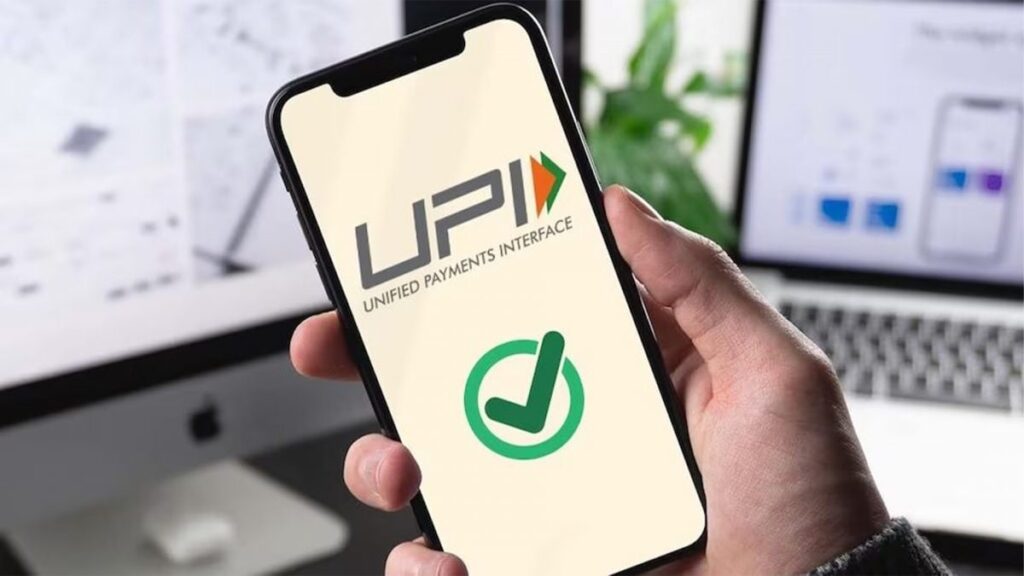
- The Reserve Bank of India (RBI) and NPCI set the overarching policy and guidelines for UPI transaction charges in India.
- Banks and payment apps must comply with these regulatory frameworks and cannot arbitrarily impose charges beyond approved limits.
- However, some banks or apps may levy convenience fees or additional service charges on certain types of UPI transactions, such as merchant payments, cross-border transfers, or premium services, subject to RBI approval.
- Charges, if any, must be transparently disclosed to customers beforehand to adhere to consumer protection norms.
- For standard peer-to-peer and most retail transactions, banks and apps typically follow the NPCI cap on fees, often resulting in free or negligible charges.
- Banks and apps may differentiate their pricing models for business accounts or high-volume users within regulatory boundaries.
- Any proposed fee changes from banks or apps need to be officially communicated and justified to regulators and consumers.
- Users should always verify the fee structure on their bank or app’s official platform to avoid surprises.
How Can Users Prepare for the Potential UPI Charges?
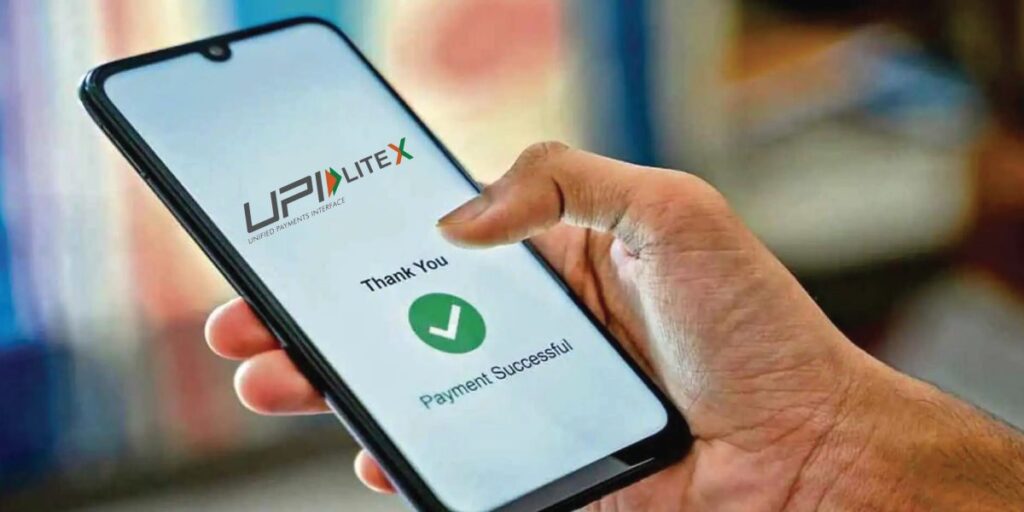
- Monitor Usage: Keep track of monthly UPI transactions to anticipate possible charges.
- Stay Informed: Regularly check updates from RBI, NPCI, and financial news.
- Evaluate Alternatives: Familiarize yourself with other digital payment methods such as mobile wallets, prepaid cards, and bank apps.
- Adjust Payment Habits: Plan bulk payments or reduce frivolous transactions if fees are introduced.
- Business Users: Consider pricing strategies to accommodate possible increased transaction costs.
How will UPI Charges affect digital payments in India?
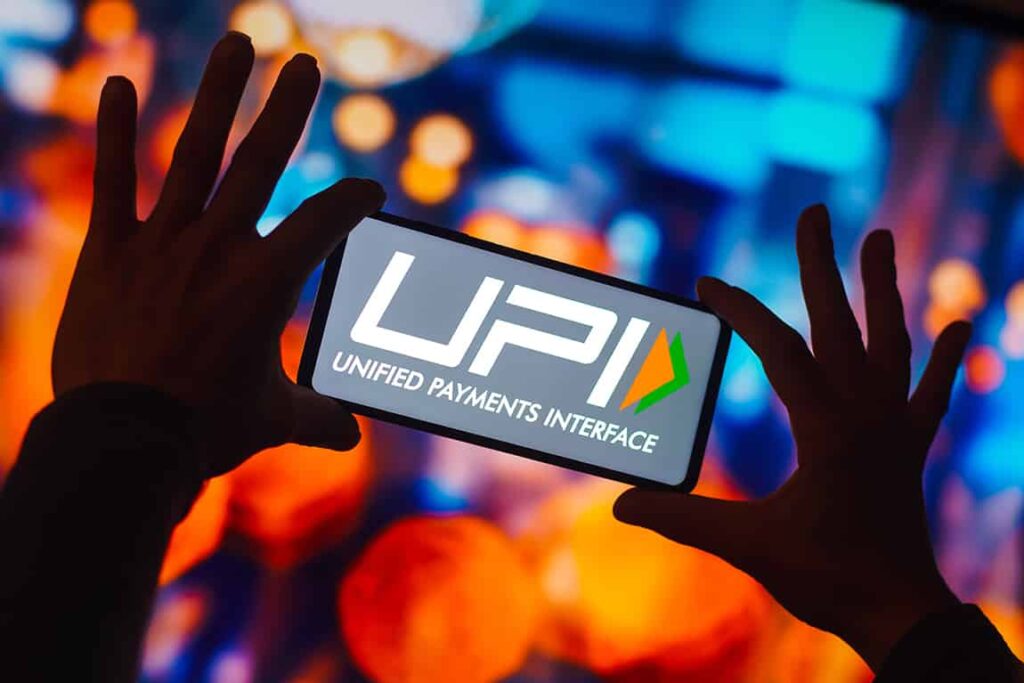
- Cost Implications: Introducing charges on UPI may lead to increased transaction costs for both consumers and merchants, potentially impacting daily digital payment habits.
- User Behavior Shift: Some users may reduce the frequency of digital transactions or explore alternative payment methods to avoid fees.
- Impact on Adoption: New users might hesitate to adopt UPI or digital payments if perceived costs increase, potentially slowing down financial inclusion efforts.
- Merchant Adjustments: Businesses, especially small and medium enterprises, may incorporate transaction fees into their pricing, which could affect pricing transparency and consumer spending.
- Improved Infrastructure: Additional revenue from charges can be invested in strengthening UPI’s security, speed, and technological infrastructure, enhancing user experience.
- Digital Payment Ecosystem Stability: Sustainable funding can help maintain and expand digital payment services, ensuring long-term viability.
- Innovation Boost: Funding from fees might encourage further innovation in digital payment systems, offering new features and better services for users.
- Financial Inclusion Considerations: Regulators might ensure exemption or subsidized charges for low-income and rural users to maintain inclusive growth.
- Increased Competition: Introduction of charges may stimulate competition among payment platforms to offer cost-effective and innovative alternatives.
- Regulatory and Consumer Awareness: There will likely be increased efforts to educate users about fee structures, rights, and alternative payment options to ensure smooth transition.
impact of UPI charges, digital payments India, UPI transaction costs, RBI UPI fees effect, digital payment ecosystem India, financial inclusion India, UPI adoption impact
Frequently Asked Questions (FAQs) on UPI Charges and RBI’s Position
Q1: Will UPI stop being free immediately?
Ans: No, there is no immediate suspension of free UPI services. RBI has only indicated that free usage may not stay forever, suggesting changes could come in the future after consultations.
Q2: Are alternatives available if UPI starts charging?
Ans: Other payment methods like debit/credit cards, mobile wallets, and traditional bank transfers exist. However, UPI is currently one of the most popular and cost-effective options.
Q3: When will UPI charges come into effect?
Ans: There is no official timeline yet; users will receive advance notice from RBI and NPCI.
Conclusion: The Future of UPI and Digital Payments in India
The RBI’s signaling that UPI may not remain free forever is a significant development in India’s digital payments ecosystem. While concerns over added costs are valid, such steps are essential to ensure the sustained growth, security, and enhancement of the platform that millions rely on daily.
For now, UPI remains free and highly convenient. Users need not worry but should stay alert to official updates. With proper communication and thoughtfully designed fee models, digital payments will continue to thrive and empower a cashless economy. From- Clear Tax

